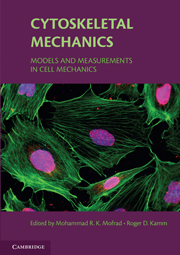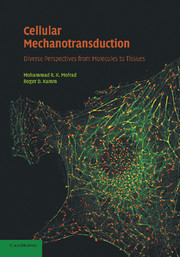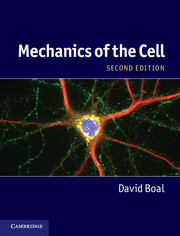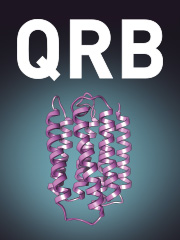Cytoskeletal Mechanics
This book presents a full spectrum of views on current approaches to modeling cell mechanics. The authors come from the biophysics, bioengineering and physical chemistry communities and each joins the discussion with a unique perspective on biological systems. Consequently, the approaches range from finite element methods commonly used in continuum mechanics to models of the cytoskeleton as a cross-linked polymer network to models of glassy materials and gels. Studies reflect both the static, instantaneous nature of the structure, as well as its dynamic nature due to polymerization and the full array of biological processes. While it is unlikely that a single unifying approach will evolve from this diversity, it is the hope that a better appreciation of the various perspectives will lead to a highly coordinated approach to exploring the essential problems and better discussions among investigators with differing views.
- Contributors are the most recognized names in the field
- Covers the full range of opinions on the structure of cells
- Interdisciplinary approach
- Accessible to the non-specialist
Product details
August 2011Paperback
9781107648289
256 pages
254 × 178 × 14 mm
0.45kg
Available
Table of Contents
- 1. Introduction and the biological basis for cell mechanics Mohammad R. K. Mofrad and Roger Kamm
- 2. Experimental measurements of intracellular mechanics Paul Janmey and Christoph Schmidt
- 3. The cytoskeleton as a soft glassy material Jeffrey Fredberg and Ben Fabry
- 4. Continuum elastic or viscoelastic models for the cell Mohammad R. K. Mofrad, Helene Karcher and Roger Kamm
- 5. Multiphasic models of cell mechanics Farshid Guuilak, Mansoor A. Haider, Lori A. Setton, Tod A. Laursen and Frank P. T. Baaijens
- 6. Models of cytoskeletal mechanics based on tensegrity Dimitrije Stamenovic
- 7. Cells, gels and mechanics Gerald H. Pollack
- 8. Polymer-based models of cytoskeletal networks F. C. MacKintosh
- 9. Cell dynamics and the actin cytoskeleton James L. McGrath and C. Forbes Dewey, Jr
- 10. Active cellular motion: continuum theories and models Marc Herant and Micah Dembo
- 11. Summary Mohammad R. K. Mofrad and Roger Kamm.





